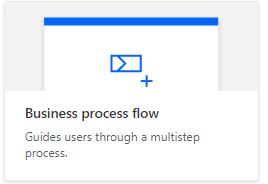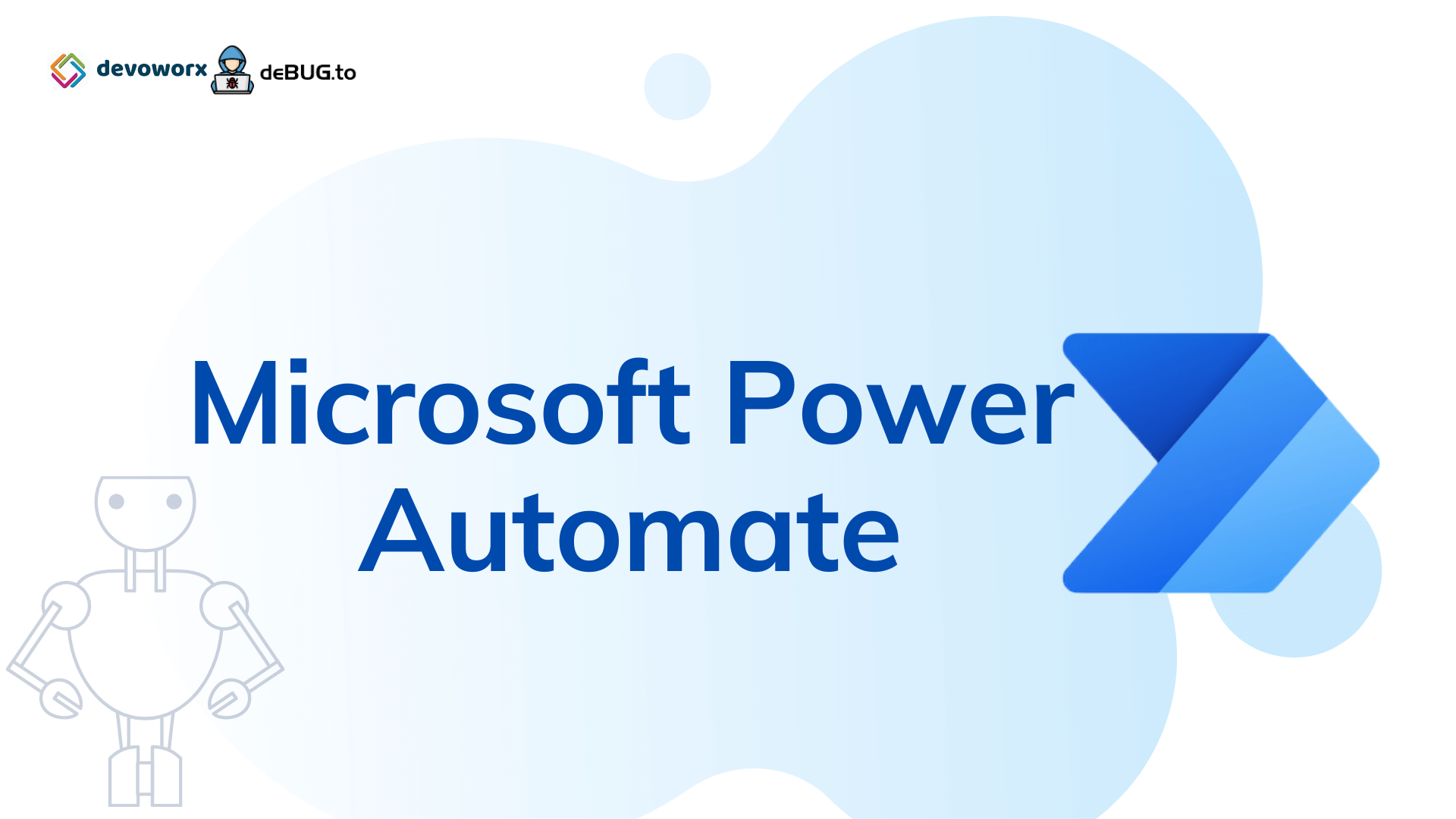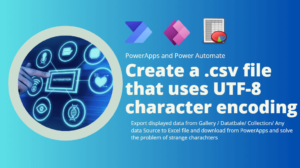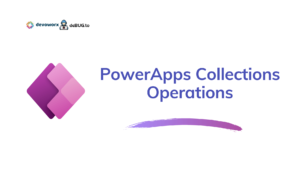In this article, we will begin with part 1 to learn what Microsoft Power Automate is. And how to expand your automation capabilities across desktop, web, and mobile with Power Automate apps.
What is Microsoft Power Automate?

- Power automate is one of the four product of Microsoft Power platform that consider a cloud-based automation platform that allows users to build automated processes across different apps and services in no-code/low-code.
- Power Automate (formerly known as Microsoft Flow) is a web-based tool designed to interface with a growing library of software from both Microsoft and other vendors.
- With Power Automate, you can simplify your life and reduce the number of manual tasks you perform.
- Using Power automate you can manage the cloud data and te onpremises data.
- Power Automate is enabled by default in all Office 365 apps and comes with about 600+ connectors that you can use.
- The workflow engine in Power Automate enables users to create custom integrations and automated processes across Office 365 and third-party apps without the support of programmers.
A business process is any sequence of tasks needed to accomplish the business’s purpose.

What can I do with Power Automate?
For example, you can automate these tasks:
- Instantly respond to high-priority notifications or emails.
- Capture, track, and follow up with new sales leads.
- Copy all email attachments to your OneDrive for Business account.
- Collect data about your business, and share that information with your team.
- Automatically collect and store data in business solutions.
- Generate reports via custom queries on your SQL database.
- Automate approval workflows.
- and many tasks that can simplfy your lifes.
Power Automate connectors
Power Automate allows you to easily integrate with other applications or services, you can connect to many different services by means of connectors.
Power Automate connectors are the components that interact directly with both the source and target systems. Connectors hold the data needed to interface with applications.
There are three types of Microsoft power Automate connectors
- Standard Connectors: free connectors that are generally included with all Power Automate plans (such as Power Automate for Office 365).
- Premium Connectors: Paid connectorsthat have additional costs associated with them.
- Custom Connectors: you use if you want to call your APIs, services, and systems that aren’t available as prebuilt connectors.

How many connectors does Power Automate have?
- Microsoft Power automate now boasts over 600 connectors in total.
Here is the list of power automate connectors you can use with Power Automate.
Examples of data sources and services that Power Automate can connect to:
- SharePoint
- Dynamics 365
- OneDrive
- OneDrive for Business
- Google Drive
- Google Sheets
- Trello
- Box
- SalesForce.com
- Mailchimp
- Customer APIs
You can connect to services on your local network using the on-premises data gateway.
Gateway is used to facilitate access for the Power Platform services to data sources located in an on-premises environment.
Logging in to Power Automate
Automate anywhere. Anytime. Power Automate has four distinct experiences
- Power Automate for desktop: that allow you to create and manage desktop flows in Windows.
- Power Automate for mobile: that allow you to create and manage cloud flows on the mobile.
- Power Automate for web: that allow you to create and manage all aspects of your automations from a central portal.
- Power Automate for Microsoft Teams: that allow you to create and manage cloud flows in the hub for teamwork.
Microsoft Power Automate flow types
We have three types of flows in Microsoft Power Automate that we can use to complete our automations.
- Cloud flows,
- Business process flows,
- And desktop flows .
Cloud flows
There are three types of Cloud flow:

Cloud flow is the most used type of flow available and enables users to trigger automation processes automatically, instantly, or via a schedule.
- Automated cloud flow is a flow that is triggered based on some criteria “when a condition is met”
Example: the flow will start if a SharePoint list item is updated or when an email is received.
- Instant cloud flow is the flow that you can start with a button and can be used across desktop or mobile devices.
Example: such as requesting an approval in Teams or SharePoint.
- Scheduled cloud flow run based on a specific schedule,perfect for tasks that need to be automated on a schedule and will run based on a set date or time, like once per day or once a week.
Example, you can use this flow to automate a data upload to SharePoint on a daily basis.

Business process flows
Guide one or more end-users through a defined process to complete a multistep task.
Example: Onboarding and training new employees
Desktop Flows

Desktop Flows are used to automate tasks on the Web or the desktop using Power Automate Desktop
They are created in another interface on your desktop and saved in the cloud.
Power Automate limitations
- Power Automate only supports sequential workflows. That means you cannot go back a step in a workflow process.
- The workflow instances are backed up and saved only for 30 days.
There are some limitations with Microsoft Automate. Among these limitations, a few limits which we frequently suffer from are:
| Name | Limit |
|---|---|
| Actions per workflow | 500 |
| Allowed nesting depth for actions | 8 |
| Switch scope cases limit | 25 |
| Variables per workflow | 250 |
Name for action or trigger | 80 characters |
| Characters per expression | 8,192 |
Length of description | 256 characters |
Maximum size for trackedProperties | 16,000 characters |
For more details about the limitation please check this documentation blog.
Conclusion
Power Automate allows businesses to automate time-consuming and repetitive tasks. Users can create workflows across multiple applications, without the need for technical experience. These automated workflows are called flows and can be triggered when a specific event occurs.
There are 3 power automate flow types.
See Also
- What are Microsoft Power Apps?
- PowerApps Print Function, Forms, And Scrollable Galleries
- PowerApps Validation Examples On/before Submitting
- Share PowerApps With External Users / Guest Users
- Sign Up and use Power Apps
- PowerApps Canvas App Vs Model-driven App Vs Portal App.
- What Is Microsoft Dataverse?
- How to share Power Apps to Office 365 group
- Connectors in a Power Apps.
- Share Power Apps to external users (guest users)
- How To Create A PowerApps Custom Connector?
- How To Create Power Apps DataFlows?
- Learn Power Apps – youtube channel.



